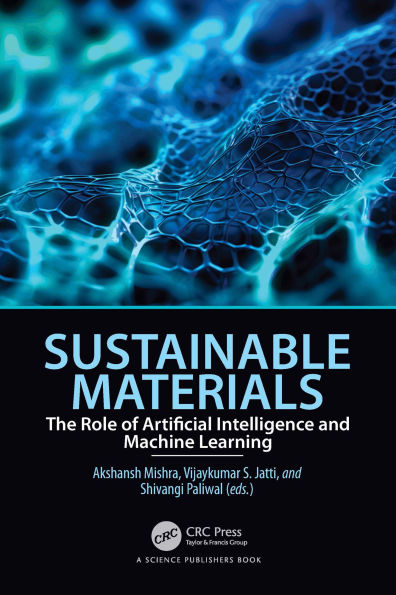The self-learning ability of machine learning algorithms makes the investigations more accurate and accommodates all the complex requirements. Development in neural codes can accommodate the data in all the forms such as numerical values as well as images. The techniques also review the sustainability, life-span, the energy consumption in production polymer, etc. This book addresses the design, characterization, and development of prediction analysis of sustainable polymer composites using machine learning algorithms.
The self-learning ability of machine learning algorithms makes the investigations more accurate and accommodates all the complex requirements. Development in neural codes can accommodate the data in all the forms such as numerical values as well as images. The techniques also review the sustainability, life-span, the energy consumption in production polymer, etc. This book addresses the design, characterization, and development of prediction analysis of sustainable polymer composites using machine learning algorithms.

Sustainable Materials: The Role of Artificial Intelligence and Machine Learning
214
Sustainable Materials: The Role of Artificial Intelligence and Machine Learning
214Related collections and offers

